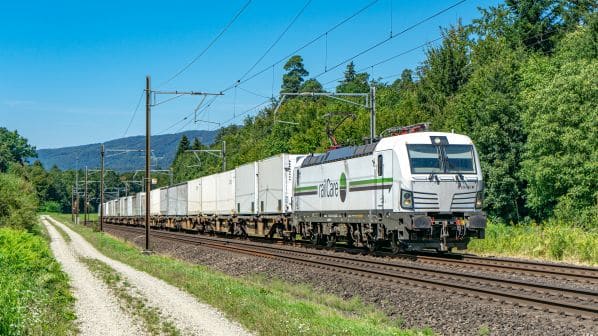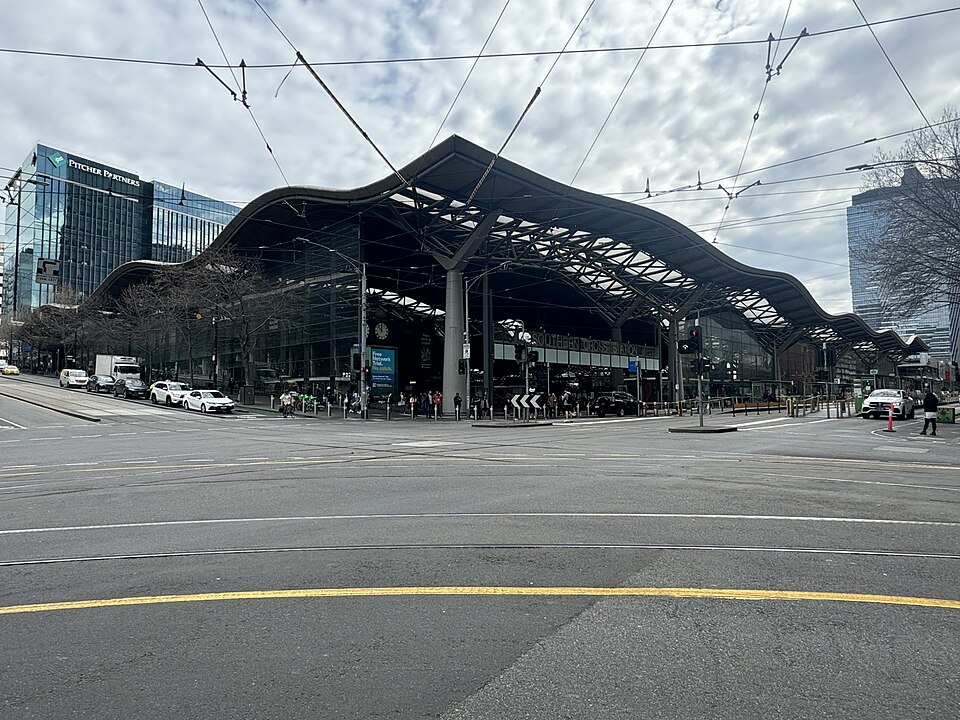RAIL industry groups have warned that the amendments proposed by the European Commission (EC) to the directive governing the weights and dimensions of commercial road vehicles in the European Union (EU) could lead to reverse modal shift of 21% and have “disastrous” socio-economic and environmental consequences.
The Community of European Railways and Infrastructure Companies (CER), the European Rail Freight Association (ERFA), the International Union of Railways (UIC), the International Union of Wagon Keepers (UIP), and the International Union for Road-Rail Combined Transport (UIRR) have presented the results of a study conducted by consultants D-fine, which confirms the concerns of the rail freight sector.
These concerns are directly related to the expected widespread use of European Modular System (EMS) lorries, or gigaliners, that would result from adoption of the amendments. Indeed, the study says that while the amendments are intended to serve the interests of intermodal freight transport, most of the measures are impractical, ineffective or unnecessary and according to Mr Conor Feighan, secretary general of ERFA, will have a negative impact on all types of rail freight, not only single wagonload traffic.
The study finds that the proposed increase in the permissible gross weight of lorries and the authorisation of EMS would lead, on average, to a reverse modal shift to road of up to 21% for all rail segments and 16% for combined transport. This could result in up to 10.5 million additional lorry journeys per year, producing up to 6.6 million tonnes of additional CO2 emissions and generating additional external costs of up to €2.2bn. More than €1.15bn per year would also be needed for additional road maintenance.
In addition, the study finds that none of the EMS variants can be used for intermodal transport without increasing operational complexity.
Meaningful progress
The associations point out that allowing the cross-border movement of EMS lorries might lower rates on the currently dominant low-density, high-volume freight market, which is the segment projected to grow the most over the coming decades for all land transport. However, they say that any operational efficiency improvement for lorries should not only translate into lower freight rates, but also produce meaningful progress towards the EU Green Deal’s policy goals and offer meaningful improvements in decarbonisation, energy efficiency, air quality, noise, accidents, and congestion.
“The positive modal shift impact of Greening Freight Transport and the TEN T revision will be jeopardised by the revision of the directive on weights and dimensions of road vehicles,” says Mr Alberto Mazzola, executive director of CER. “While CER does not object to the support of road zero emission vehicles, we nonetheless call on legislators to keep the current limits of 40 tonnes for cross-border road traffic and to eliminate those clauses favouring megatrucks crossing Europe.”
The groups say passage of the amendment will jeopardise modal shift targets.
Recommendations
Based the results of the study, the commissioning associations have put forward the following recommendations to the European co-legislators:
1. retention of the 40-tonne gross vehicle weight limit for trucks crossing borders between EU Member States. Exceptions should only be possible for the road legs of intermodal cross-border operations
2. only zero-emission vehicles should be allowed additional gross weight, and only as long as the energy density of the batteries requires it (assuming a 1000km range)
3. irrespective of the introduction of EMS, standard dimensions should be maintained for all types of loading units in order to maintain compatibility with different transport modes, and
4. while the introduction of longer or heavier vehicles would reduce road transport costs, the modelled reverse modal shift would lead to a drastic increase in external costs. The recasting of the measures should take this in account to favour other transport modes, such as rail, which offer significant advantages in terms of external costs and sustainability.
“From a silo perspective, these proposed amendments look to be a good contribution to greening the freight market in Europe,” says Mr François Davenne, director general of the UIC. “In reality, the legislative proposal seriously jeopardises any attempt to create a truly interoperable supply chain.
“This is the case within the rail sector and between different modes of transport. It looks likes longer and heavier trucks are still technically compatible with combined rail-road transport. In practice, a significant portion of the current combined transport market will be negatively impacted. With the current proposal the market growth of more than 50% achieved over the last 10 years is endangered.”
The post Industry groups rail against proposed Weights and Measures Directive amendment appeared first on International Railway Journal.



